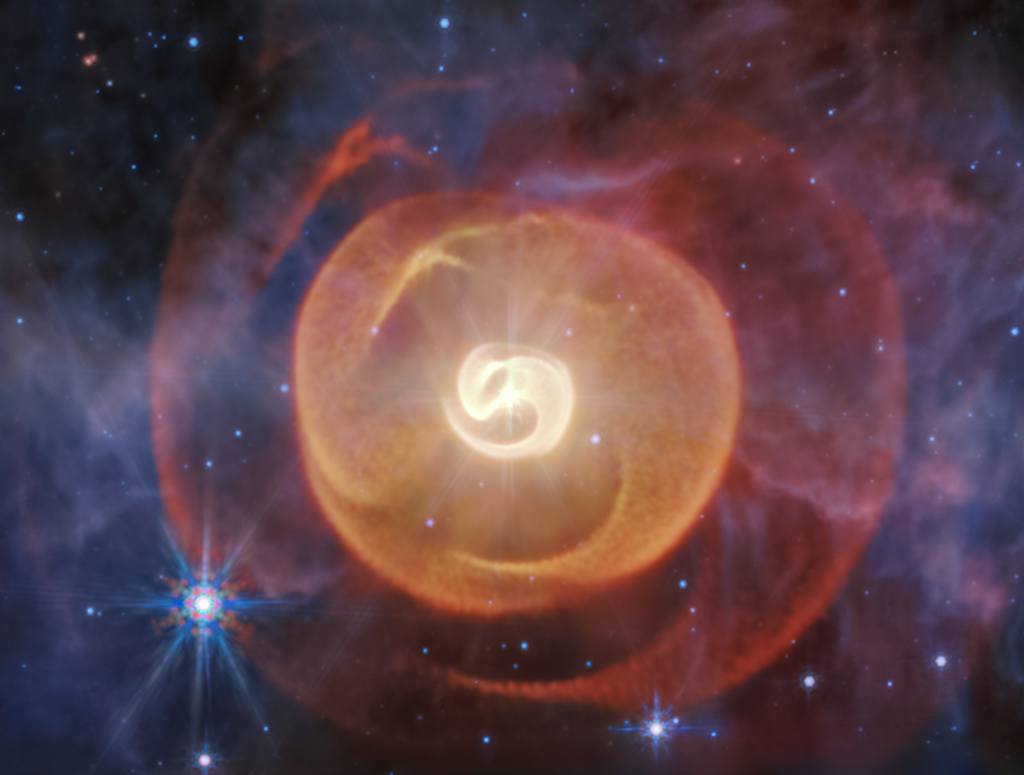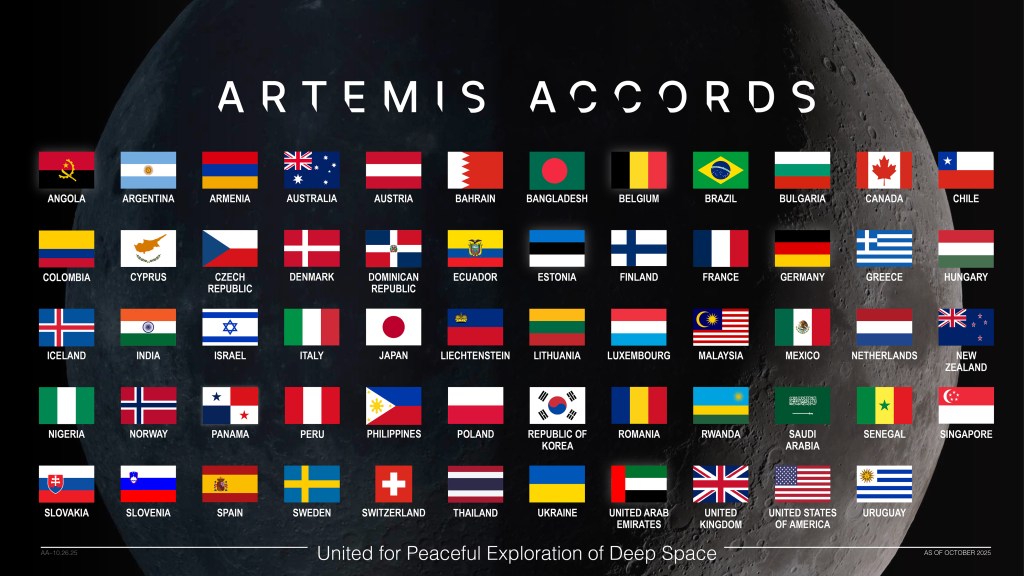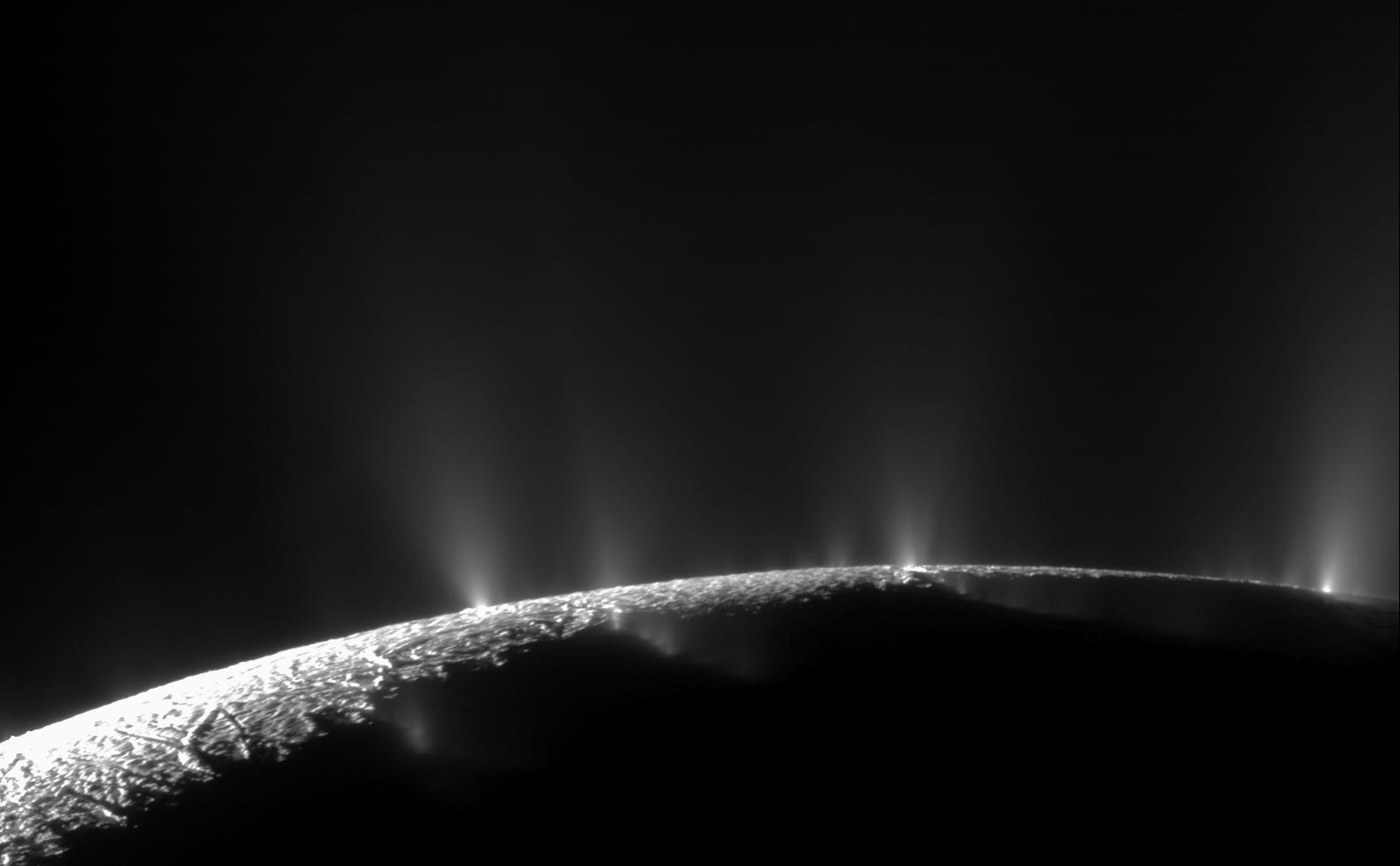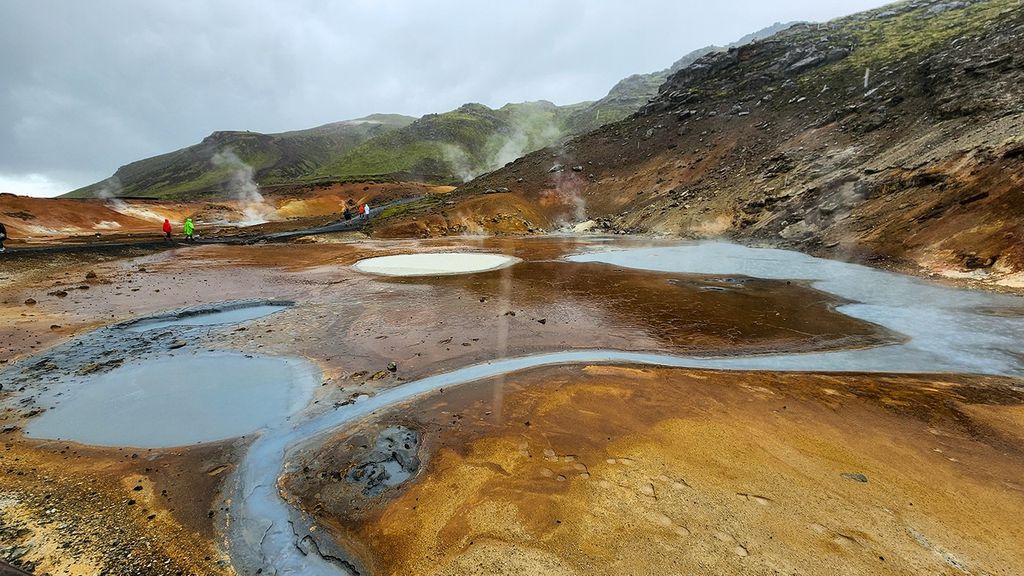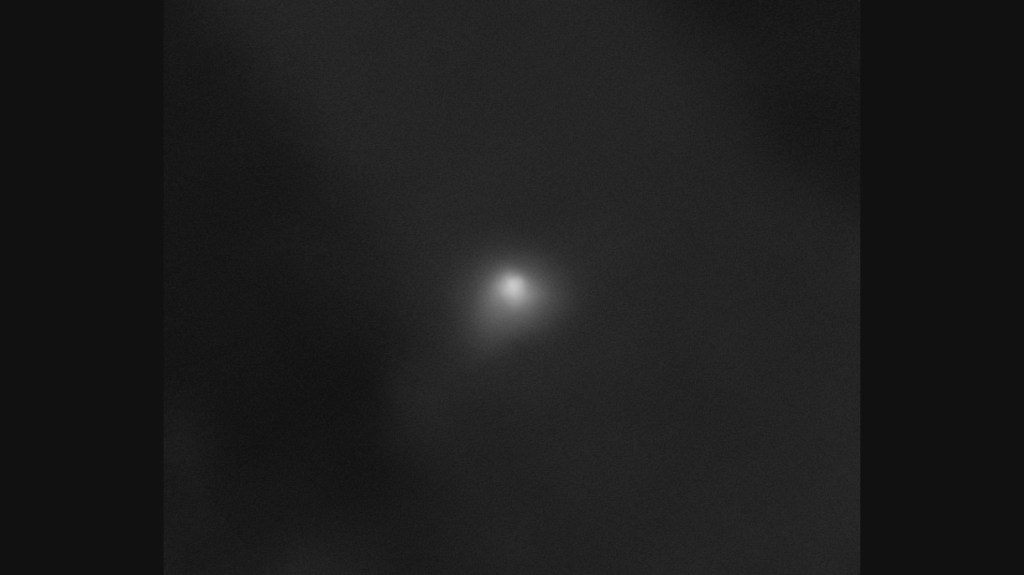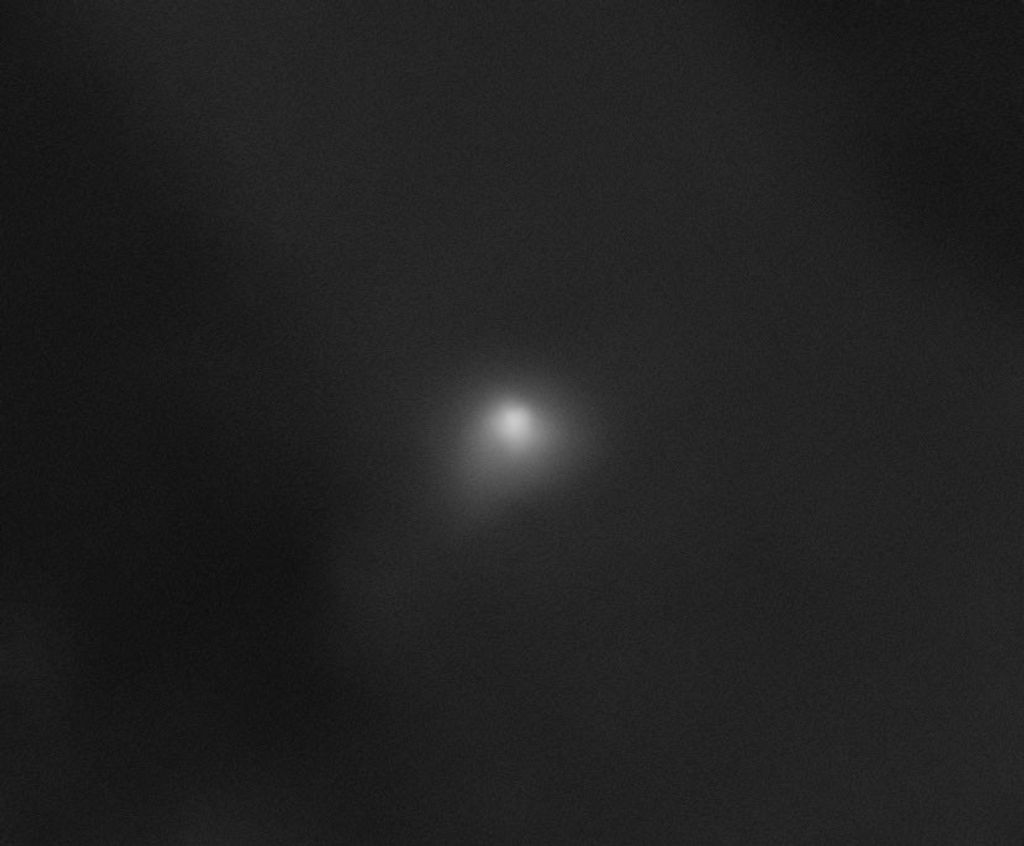1 min read
Quasar (Illustration)
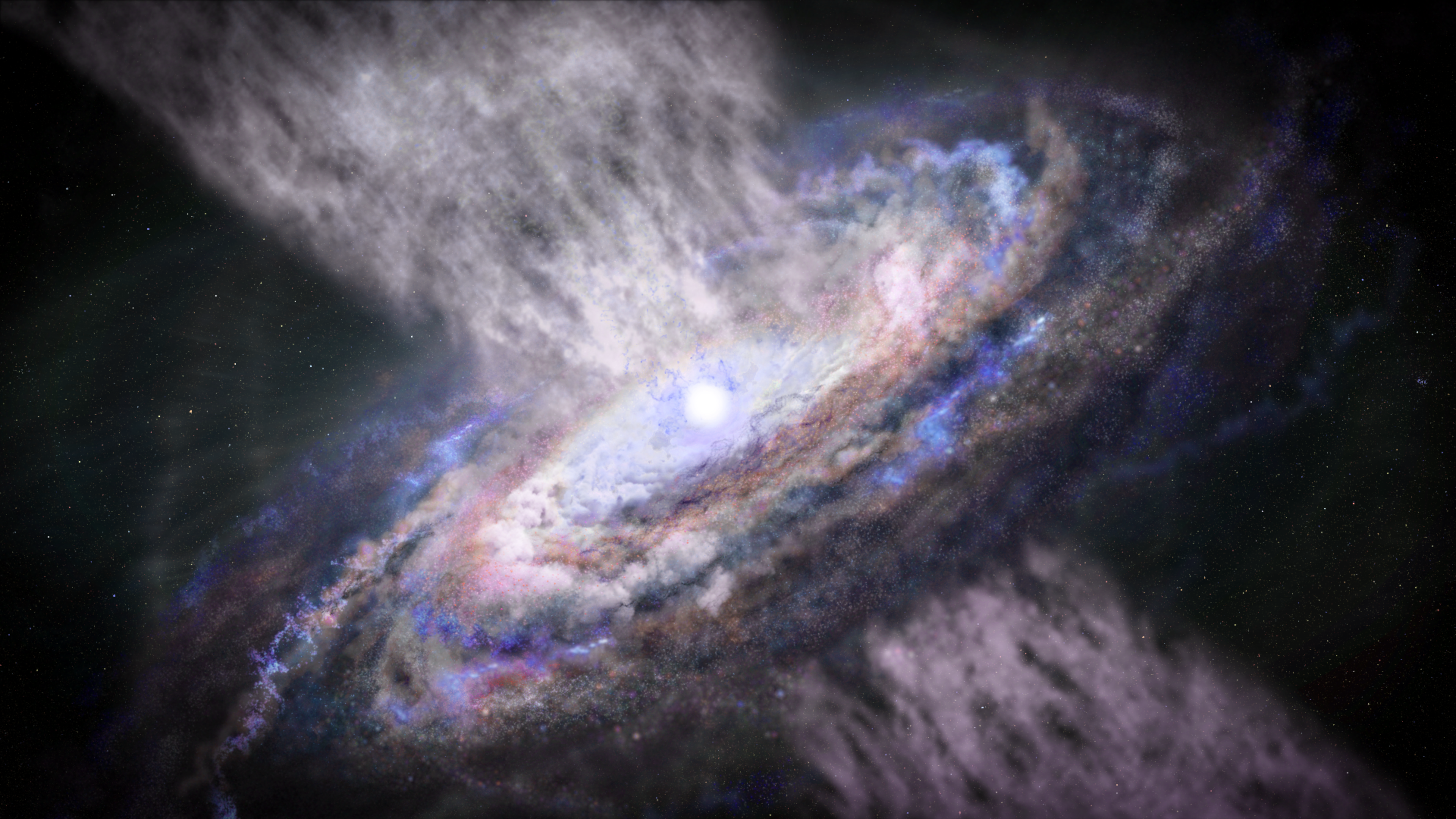
Quasars — accreting supermassive black holes — are paradoxically some of the brightest objects in the universe. Astronomers widely consider the energy from quasars to be the main driver in limiting the growth of massive galaxies. Scientists plan to use Webb to study the impact of three carefully selected quasars on their host galaxies in a program called Q3D.
- Release DateAugust 19, 2020
- Science ReleaseNASA’s Webb to Study Quasars and Their Host Galaxies in Three Dimensions
- CreditImage: NASA, ESA, Joseph Olmsted (STScI)
Share
Details
Last Updated
Aug 28, 2025
Contact
Media
Laura Betz
NASA’s Goddard Space Flight Center
Greenbelt, Maryland
laura.e.betz@nasa.gov
Image Credit
NASA, ESA, Joseph Olmsted (STScI)

